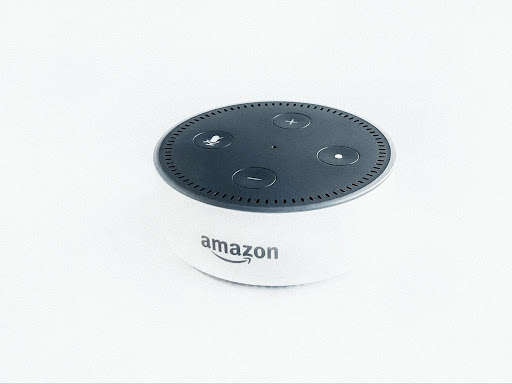The Internet of Things (IoT) is transforming our world, connecting everyday objects to the Internet and giving them the ability to communicate with one another. From smart thermostats to wearable fitness trackers, IoT devices are becoming more integral to our daily lives. However, one critical challenge remains: ensuring these devices have a long battery life. Efficient battery use is essential for keeping IoT devices operational and reducing maintenance costs.
Understanding IoT Power Consumption
Before diving into battery efficiency, it’s crucial to understand how IoT devices consume power. These devices generally consist of sensors, processors, and communication modules. Each component draws power, but communication modules, especially those using wireless connections like Wi-Fi or Bluetooth, tend to be the biggest power hogs. Therefore, knowing where the power goes can help in devising strategies for better battery use. Understanding the importance of battery drain analysis can further enhance our approaches to tackling power consumption challenges in IoT devices.
Power-Efficient Communication Protocols
One of the most effective ways to extend battery life in IoT devices is by using power-efficient communication protocols. Protocols such as Zigbee, LoRaWAN, and NB-IoT are designed to minimize power consumption while maintaining effective communication. These protocols can significantly reduce the frequency and duration of transmissions, thereby conserving battery life.
Data Management and Processing
Efficient data management can also play a significant role in extending battery life. Instead of constantly transmitting data, IoT devices can process data locally, sending only essential information to cloud servers or user interfaces. Data compression and event-driven reporting (where data is sent only when certain conditions are met) can also help reduce the power required for communication.
Efficient Firmware and Software Design
Optimizing firmware and software can have a significant impact on battery consumption. Efficient coding practices, such as minimizing processor workload, reducing memory usage, and optimizing algorithms, can lead to less frequent need for power-hungry operations. Profiling tools can help identify the most energy-consuming sections of the code, enabling targeted optimization.
Adaptive Sleep Modes
Most IoT devices spend a considerable amount of time in idle mode, waiting for the next task or event. Utilizing adaptive sleep modes can substantially save battery life. These modes allow the device to enter a low-power state when not in use and wake up only when needed. Varying the sleep and activity intervals based on usage patterns can further optimize power consumption.
Designing for Scalability
Another important consideration is designing IoT systems with scalability in mind. As the number of connected devices expands, the cumulative power consumption could become a significant challenge. Scalable designs that allow for efficient management of multiple devices can help mitigate this issue. Strategies such as network segmentation and load balancing can ensure that power usage is distributed evenly, preventing any single device or network segment from becoming a bottleneck.
Energy Harvesting
Some IoT devices are exploring energy harvesting techniques to supplement battery power. Solar panels, kinetic energy converters, and thermal energy harvesters can provide additional energy sources. While these methods may not replace batteries completely, they can significantly extend the time between battery replacements.
Regular Maintenance and Monitoring
Regular maintenance and monitoring of IoT devices can also play a crucial role in ensuring their longevity. Scheduled check-ups can help identify potential issues early, such as battery degradation, which can then be addressed before leading to device failure. Employing automated monitoring tools can provide real-time insights into device performance and power consumption, allowing for proactive adjustments to enhance battery efficiency.
Collaborative Efforts and Industry Standards
Lastly, collaborative efforts and industry standards are essential for advancing battery efficiency in IoT devices. Industry stakeholders, including manufacturers, developers, and researchers, need to work together to create common standards and best practices. Such collaborations can lead to the development of more efficient hardware and software solutions, ultimately benefiting the entire ecosystem. Standardized protocols and interoperability can also facilitate the integration of diverse devices, further optimizing power consumption across the board.
Conclusion
The quest for extended battery life in IoT devices is multi-faceted, involving better hardware choices, efficient communication protocols, intelligent data management, adaptive sleep modes, energy harvesting, and optimized software. By understanding and implementing these strategies, we can significantly boost the lifespan of IoT devices, making the technology more reliable and cost-effective. Ultimately, efficient battery use not only benefits device users but also contributes to a more sustainable future.
